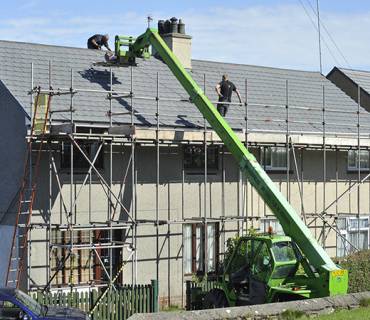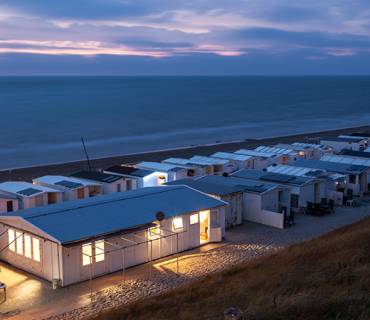What Is Dwelling Insurance?

Making sure your family has a safe and comfortable place to live is a top priority, and having a good home insurance policy is an integral part of that.
Within a home insurance policy, there are multiple types of coverage, and it is vital to understand each part. Coverage is usually split into six parts, labeled A through F. These parts go as followed: Dwelling, Other Structures, Personal Property, Loss of Use, Personal Liability Protection, and Medical Payments. Here, we will discuss the first in that list: Dwelling Insurance.
What Does Dwelling Mean?
When referring to Dwelling coverage, sometimes called Coverage A, a dwelling is the building you live in. On most homeowners policies, coverage of your dwelling extends to structures attached to your dwelling, such as patios, garages, fences, and decks. Many policies will also cover built-in appliances such as showers, toilets, furnaces, and water heaters.
What Does Dwelling Insurance Cover?
Dwelling insurance varies between regions and insurance policies, but most policies cover a variety of threats including fire and smoke damage, lightning strikes, hail and wind damage, burst pipes, falling objects, motor vehicle collisions, theft, and vandalism.
Dwelling insurance will also cover other structures on your property, such as sheds, pool houses, or detached garages, as long as you have a traditional homeowners policy that includes other structures coverage. However, if you have a condominium policy or a renter’s policy, the policy is unlikely to cover those additional structures. Make sure to check the specifics of your policy to learn what perils are and are not covered.
Standard homeowners insurance and dwelling coverage does not cover damage from floods or earthquakes. Separate policies will be needed to protect from losses relating to these natural disasters.
How Much Dwelling Coverage Do I Need?
When considering homeowners insurance and dwelling coverage, you cannot assume that you only need coverage for the amount you paid for your home or your home’s current market value. Remember, your home’s market value includes the value of the land your home sits on, and that value will not be lost if the structures on the land are destroyed.
However, it is important to take into account all of the costs that would be needed to rebuild your home, along with any other structures on the property. If the worst happens, and you must rebuild entirely, you will need insurance that can cover the cost of construction and labor in the area you live, any custom-built features that will need to be rebuilt or added to the original design, the total square footage of your home, and the style of the house. All of these factors could drive the total cost to rebuild up or down from the home’s value.
An easy way to get an accurate number would be to hire an appraiser to evaluate your house. Some insurance companies will choose to send an appraiser to check your home, but you do not have to go with the appraiser they choose. Check your homeowner's policy for an Insurance Appraisal Clause: most policies have one, and it allows you to hire an independent appraiser to conduct their own evaluation.
Keep in mind, the amount of dwelling coverage you have can place limits on other types of coverage you can get. For example, your personal property coverage is factored in as a percentage of your total dwelling coverage. Because of this, it is important that you determine your dwelling protection before taking into account personal property.
What Is HO-6 Dwelling Coverage?
HO-6 insurance is also called condominium insurance or a condominium policy. It works similarly to traditional homeowners insurance policies, but there are a few differences tailor-made for condominiums. The policy will cover items covered under more traditional policies, like clothing, electronics, and furniture.
The biggest change comes in coverage of the condo’s structure itself, as most condo owners do not own all of the ancillary structures attached to their building.
Condo associations often offer two types of coverage, which will help you decide on what type of additional coverage you might need. These two policies are “All In” policies, also called “All Inclusive” policies, and Bare Walls In.
Under a Bare Walls In policy, only the exterior of your condo is covered by the association, and you need a policy that covers everything inside your dwelling, including the walls and other internal structures.
If the master insurance is an All-In policy, all internal and external surfaces of your condo are covered, including attached fixtures like toilets. If this is the case, you only need a policy that covers your personal property.




